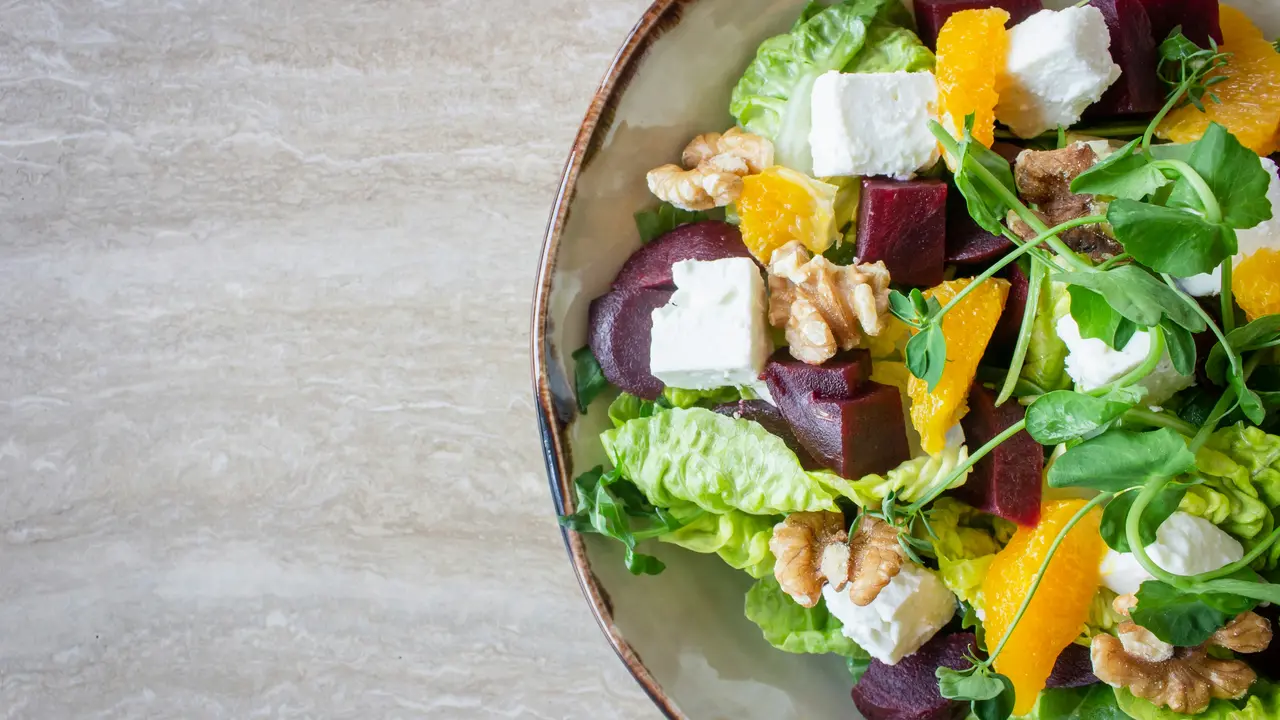When it comes to sugar consumption, many health-conscious individuals often ask, “how much is 15 grams of sugar?” Understanding sugar measurements is crucial for maintaining a balanced diet and making informed dietary choices. In this article, we will delve into the significance of 15 grams of sugar, providing practical insights and tips to help you navigate your sugar intake effectively.
Understanding Sugar Measurements: How Much Is 15 Grams of Sugar?
What Does 15 Grams of Sugar Look Like?
First, it’s essential to visualize what 15 grams of sugar actually represents. Sugar comes in various forms, including granulated sugar, brown sugar, and powdered sugar, but they all generally have comparable weights. To help you understand:
- 1 teaspoon of granulated sugar is approximately 4 grams.
- Therefore, 15 grams of sugar is roughly equal to about 3.75 teaspoons.
- This measurement can help you gauge how much sugar is present in various foods and beverages.
Calories and Nutritional Value of 15 Grams of Sugar
Another important aspect to consider is the caloric content of sugar. On average, 1 gram of sugar contains about 4 calories. Therefore, if you consume 15 grams of sugar, you are adding approximately 60 calories to your diet. This information is particularly relevant for those monitoring their caloric intake.
It’s also important to recognize that sugar provides no significant nutrients, leading to what is often referred to as “empty calories.” This means that while it can provide a quick source of energy, it lacks vitamins and minerals that are essential for overall health.
The Health Implications of Consuming 15 Grams of Sugar
Recommended Daily Sugar Limits
The World Health Organization (WHO) recommends that adults limit their added sugar intake to less than 10% of their total daily calories. For an average adult consuming 2000 calories a day, this equates to about 50 grams of added sugar. This means that the consumption of 15 grams of sugar accounts for a significant portion of your daily limit and should be monitored.
Impact on Health
Excessive sugar consumption can lead to various health issues, including:
- Weight gain and obesity
- Type 2 diabetes
- Heart disease
- Cavities and dental problems
Therefore, while 15 grams of sugar may not seem like a lot, it is vital to consider how often you consume sugar throughout the day to maintain a healthy lifestyle.
How to Limit Sugar Intake to 15 Grams or Less
Reading Food Labels
A practical way to manage your sugar intake is by reading food labels carefully. Many packaged foods contain added sugars that can significantly increase your consumption. Look for products with:
- Less than 5 grams of sugar per serving.
- Natural sweeteners such as honey or agave as alternatives.
- Low-sugar or no-added-sugar versions of common snacks and beverages.
Choosing Whole Foods
Opting for whole foods can help you limit added sugar in your diet. Focus on incorporating:
- Fruits and vegetables, which contain natural sugars with additional nutrients.
- Whole grains and lean proteins, which are naturally low in sugar.
- Homemade meals where you can control the amount of sugar added.
By prioritizing whole foods, you can enjoy the sweetness of natural sugars without the drawbacks of added sugar.
Delicious Low-Sugar Alternatives
Sweetening Substitutes
If you’re looking to reduce your sugar consumption, consider these alternatives:
- Stevia: A natural sweetener that is significantly sweeter than sugar, so you only need a small amount.
- Erythritol: A sugar alcohol that contains fewer calories and has less impact on blood sugar levels.
- Unsweetened applesauce: An excellent substitute in baking that adds moisture and sweetness without added sugar.
Simple Recipes with Low Sugar
Here are a couple of ideas for low-sugar recipes:
- Berry smoothie: Blend unsweetened yogurt with fresh berries and a bit of stevia.
- Oatmeal: Cook oats with almond milk and top with sliced bananas instead of added sugar.
These options can help satisfy your sweet tooth while keeping your sugar intake in check.
The Bottom Line: How Much Is 15 Grams of Sugar?
In conclusion, understanding the measurement of “how much is 15 grams of sugar” is crucial for managing diabetes, weight, and overall health. Recognizing its caloric content, potential health effects, and ways to reduce intake can empower you to make better dietary choices. As you continue on your journey toward a healthier lifestyle, consider monitoring your sugar consumption and experimenting with lower-sugar alternatives. For more tips on health and nutrition, be sure to explore our other articles and share this one with friends who might benefit from this sweet truth!
Sugar – Recent Articles
- How to Make Sugar Easter Eggs: A Sweet Guide to Crafting Fun!
- What Does 54 Grams of Sugar Look Like? Discover the Truth!
- What to Feed a Sugar Glider: A Complete Guide for Pet Owners
- Do Cherries Raise Your Blood Sugar? Discover the Surprising Truth!
- How Much Do Sugar Gliders Cost? Discover Their True Price!
Sugar – Useful Links
- DC – Get the Facts: Added Sugars
- American Heart Association – Added Sugars
- Harvard T.H. Chan – Added Sugar in the Diet
- MedlinePlus – Sweeteners – sugars
- NIDDK – Healthy Living with Diabetes
